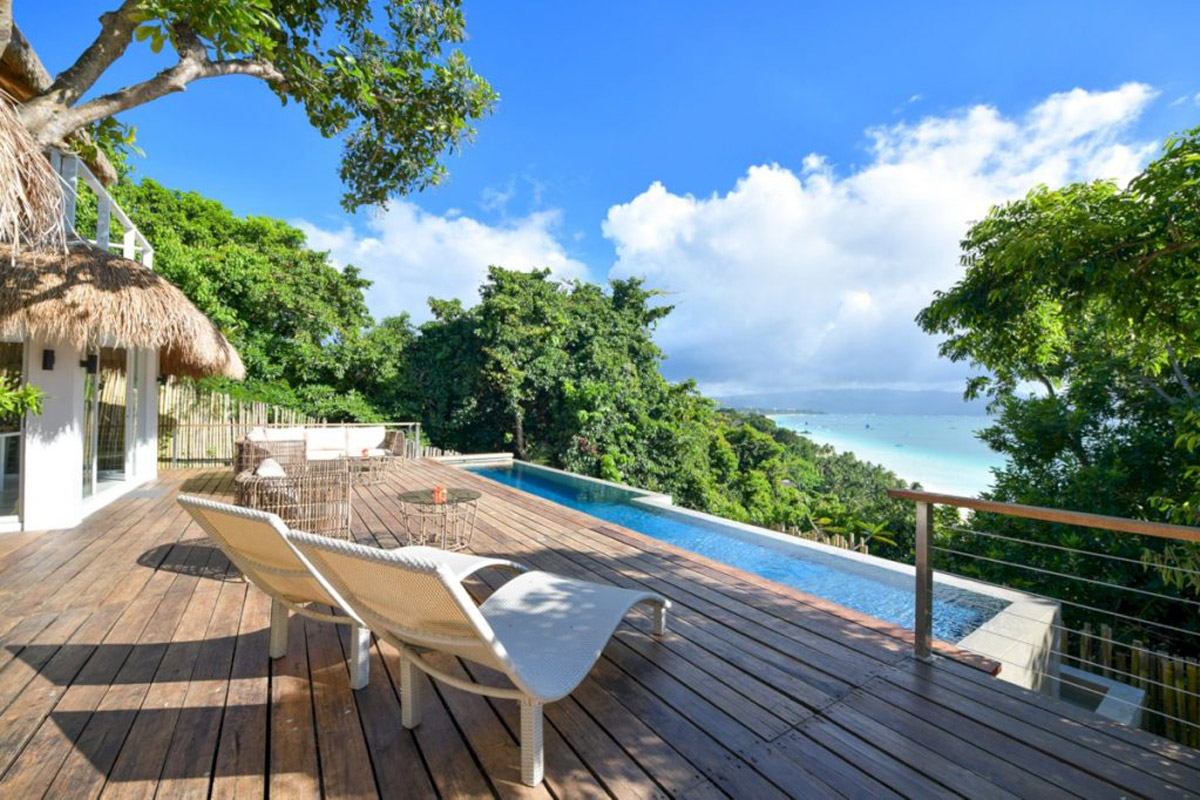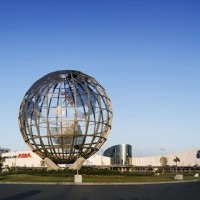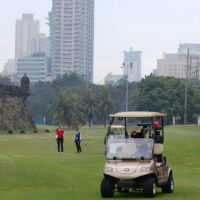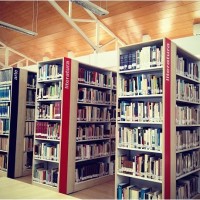
With the subsequent opening of the Philippines’ Boracay Island, the Philippines journeys into sustainable tourism, as expressed by the country’s Department of Tourism.
The Philippines is rich with natural resources, being # 1 in the world for marine biodiversity, and having the 4th longest coastline in the world. Because of this, tourism is one of the country’s top contributors to the economy, bringing in a whopping PhP1.929 Trillion in 2017 alone, and employing about 5 million people across the archipelago.
However, together with the rising number of visitors each year from many countries in the world, such as Korea, China, the United States, and Eastern Europe, among others, comes the potential of having such natural resources endangered. Such is what happened with the aforementioned Boracay Island, having been closed to the public for six months for rehabilitation after the country’s President, Rodrigo Duterte, called the island a “cesspool” early in the year.
Out of 25 million tourists who came to the Philippines in 2017, about 2 million came to Boracay. Waste management issues and establishments not complying with most environmental ordinances and laws were supposedly caused by overcrowding, poor implementation of laws, and many other factors. President Duterte, also expressed that businesses themselves were the cause of Boracay’s problems.
Today, the island is still undergoing rehabilitation but is gradually re-opening to the public with many new ordinances, and stricter requirements for business to operate. The department’s commitment to sustainable tourism across all its projects, programs, and activities, has said that Boracay is the country’s “pilot undertaking on sustainable tourism.”
There has always been a lack of sustainable tourism practices in the Philippines whose tourism industry relied heavily on its natural resources along the coastlines. Its beautiful beaches have been its top draw for tourists, bringing in development in the islands through business opportunities. Visitors leaving garbage on the beach, touching and destroying corals, as well as the damage caused by construction and reclamation of swampland cause irreversible destruction to the country’s natural resources, permanently destroying significant ecosystems that will forever be lost.
In 2017, The World Economic Forum’s Travel and Tourism Competitiveness Report says that while the country did well on pricing, it ranked low on many other factors, such as ground and port infrastructure, safety and security, cultural resources and business travel, and environmental sustainability.
With the commitment to sustainable tourism, the Department of Tourism is seeking to strike a balance between business opportunities and social and environmental responsibilities with rising tourist numbers in the country.
For now, Boracay is the first agenda but soon enough, and across the Philippines, stricter implementation of environmental laws are being looked at. Such laws include imposing the international standard of a 50-meter setback from the coastline of many popular beaches.
The Department’s attempt to minimize the impact of tourist influx to the country’s wealth of natural resources will eventually help to preserve and even improve what the country has in store for its visitors, as well as the locals’ overall quality of life, and subsequently, for the future generations to come.
Image source: Diniview Salt Villa in Boracay Island





